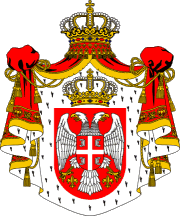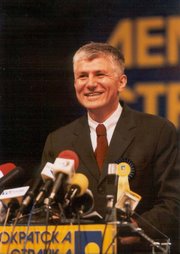AIM
 The groundbreaking ceremony for the new home of the American Institute of Mathematics in Morgan Hill, CA was held on Thursday, May 31, 2007.
The groundbreaking ceremony for the new home of the American Institute of Mathematics in Morgan Hill, CA was held on Thursday, May 31, 2007.
AIM's "castle," modeled after the majestic Moorish Alhambra palace in Granada, Spain, plans to host the first of its focused research workshops in Fall, 2009.
The 167,000 sq.ft. facility will incorporate a large, open meeting area, seminar rooms, a dining hall, and accommodation for visitors to the Institute. In addition, it will house the AIM library comprising a comprehensive mathematical working library, AIM's unique reprint collection, as well as other special collections.
-------------
A new mathematical object was revealed during a lecture at the American Institute of Mathematics (AIM).
Two researchers from the University of Bristol exhibited the first example of a third degree transcendental L-function.
These L-functions encode deep underlying connections between many different areas of mathematics.
The news caused excitement at the AIM workshop attended by 25 of the world's leading analytic number theorists.
The work is a joint project between Ce Bian and his adviser, Andrew Booker.
During his lecture, Bian reported that it took approximately 10,000 hours of computer time to produce his initial results.
"This breakthrough opens a door to the study of higher degree L-functions," said Dennis Hejhal, Professor of Mathematics at the University of Minnesota and Uppsala University.
"It's a big advance" added Harold Stark of the University of California, San Diego, who, 30 years ago was the first to accurately calculate second degree transcendental L-functions.
There are two types of L-functions: algebraic and transcendental, and these are classified according to their degree.
The Riemann zeta-function is the grand-daddy of all L-functions.
It holds the secret to how the prime numbers are distributed, and is a first degree algebraic L-function.
The Riemann Hypothesis, announced in 1859 and today the most important of all unsolved math problems, is an example of something that should be true for EVERY L-function.
Rubinstein, along with William Stein of the University of Washington, will direct a new initiative to systematically chart L-functions; this project has been recommended for funding by the National Science Foundation.
"It's a big step toward our understanding the 'world of L,' which is where most of the secrets of number theory are kept." said Brian Conrey, Director of AIM.
Dorian Goldfeld, Professor of Mathematics at Columbia University summarized the excitement, saying "This discovery is analogous to finding planets in remote solar systems. We know they are out there, but the problem is to detect them and determine what they look like. It gives us a glimpse of new worlds."





No comments:
Post a Comment